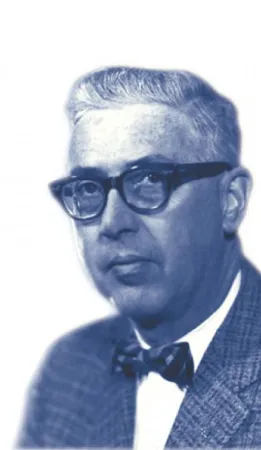Creating a new kind of heart beat
This article was originally written and submitted as part of a Canada 150 Project, the Innovation Storybook, to crowdsource stories of Canadian innovation with partners across Canada. The content has since been migrated to Ingenium’s Channel, a digital hub featuring curated content related to science, technology and innovation.
Daniel Prinn
Algonquin College Journalism Program
The pacemaker is a device that helps to stimulate the heart, thus saving lives. But surprisingly, this remarkable discovery was made unintentionally. It began with two Canadian surgeons, Dr. Wilfred G. Bigelow and Dr. John C. Callaghan, who were researching cold heart surgery, a method of operating while cooling a body to slow the heart rate. However, their research led the two men to observe that pulses of electrical current from a probe could control the patient’s heart rate.
Wanting to turn the discovery into a clinical device, they turned to John Alexander Hopps – an electrical engineer at the National Research Council of Canada. The team developed a “bipolar” catheter electrode, designed to stimulate the heart’s lining without needing to open the patient’s chest.
Hopps built an efficient pacemaker unit in 1949. It worked through an insulated wire which was inserted through the jugular vein that delivered electric shocks – made by vacuum tubes that created electric pulses – to the right atrium of the heart. The shocks provided the artificial pacing. Ten years after that, small silicon transistors replaced the vacuum tubes, allowing the technology to be implanted under the skin so the user could live a normal life. As a matter of fact, Hopps himself had a pacemaker implanted later in life to regulate his own heartbeat.
Hopps’ group at the NRC continued to do cardiovascular research. They created multiple inventions – some helping the blind and even one that advanced the diagnostic uses of the ultrasound. In 1965, Hopps founded and became the first president of the Canadian Medical and Biological Engineering Society. He died in 1998 and was inducted into the Canadian Science and Engineering Hall of Fame in 2005.



















